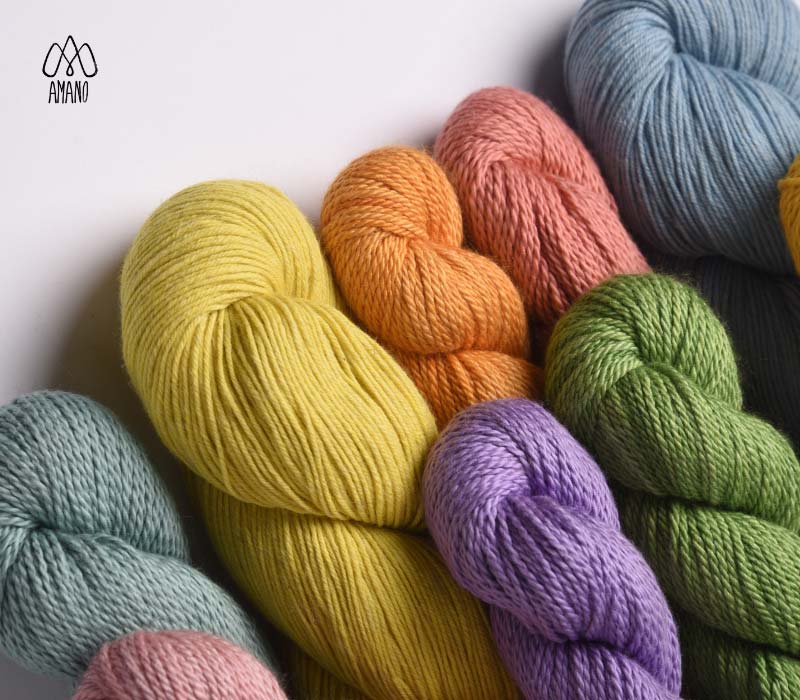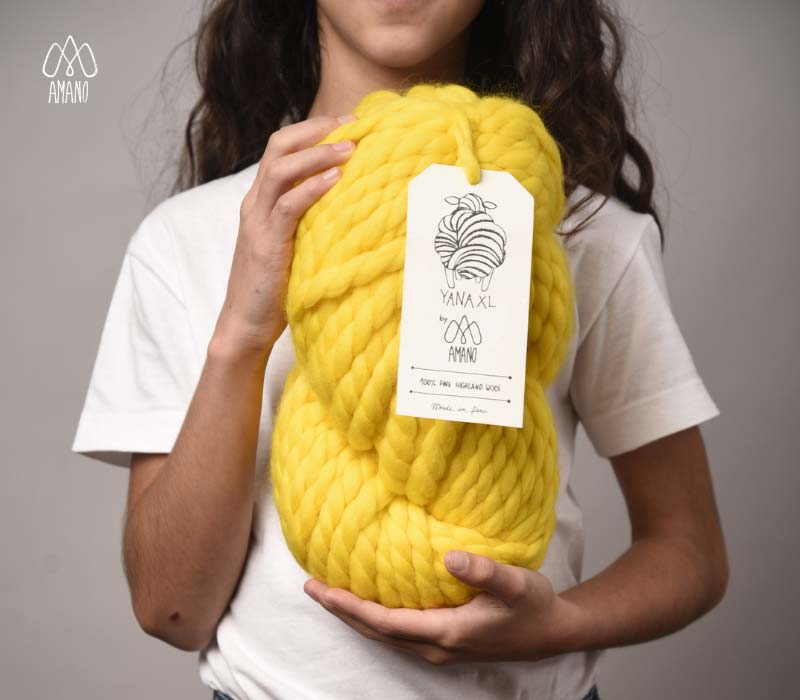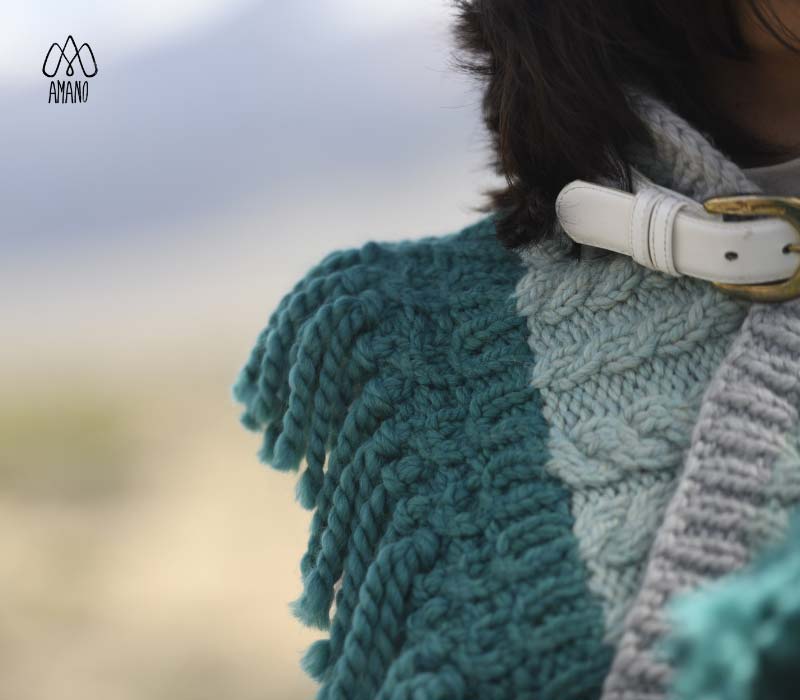Hand knitting is a relaxing and rewarding activity, but choosing the right yarn can be a challenge, especially if you're a beginner. The yarn you select will not only affect the appearance of your project but also its durability and comfort. In this guide, we’ll help you understand how to choose the ideal yarn for beginners, so you can start hand knitting with confidence and success.
AMANO Qualities, Different Types of Yarn for Hand Knitting

Understand Fiber Composition
1. Fiber Composition: The Foundation of Your Project
The fiber composition of the yarn is the first factor to consider. Depending on whether you choose natural, synthetic, or blended fibers, you’ll get different results in terms of softness, elasticity, and care.
- Natural Fibers:
- Merino Wool: Soft, elastic, and warm, ideal for scarves, sweaters, and socks.
- Cotton: Breathable and durable, perfect for summer garments and home decor items.
- Alpaca: Light and warm, with a smooth texture that makes it ideal for luxury garments.
- Synthetic Fibers:
- Acrylic: Affordable and easy to care for, ideal for beginners and practice projects.
- Blends:
- Combine the best of both worlds, such as the softness of wool with the durability of acrylic.
Tip: If you’re a beginner, opt for superwash wool or acrylic yarns, as they are easy to handle and wash.
Choose the Right Yarn Weight
The thickness of the yarn affects the final outcome of your knitting. Here are the most common weights:
Yarn Weight Chart
| Yarn Category | Common Name | Estimated Strand Size | Recommended For |
| Fine | Sport or DK | 3-5 mm | Light clothing, detailed accessories |
| Medium | Worsted or Aran | 4-6 mm | Versatile and easy-to-handle projects |
| Bulky | Bulky or Jumbo | 6 mm and up | Scarves, blankets, quick knits |
Tip: Check the pattern you’re following to ensure you use the recommended weight and avoid issues with your gauge.
(Here you can see different types of yarns in various weights)

Consider the Season and Functionality
The type of yarn you choose should also depend on the climate and the intended use of the project.
- For warm climates, plant-based fibers like cotton or bamboo are a great choice.
- For cold climates, animal fibers like wool and alpaca provide more warmth.
If the project is for everyday use, it’s better to opt for machine-washable yarns like acrylic or superwash wool.

(Warm garment made with AMANO yarns)
Yarn Substitution: What You Need to Know
If the yarn recommended in your pattern is unavailable, you can substitute it by considering some important factors:
- Choose a similar fiber composition, as replacing natural fibers with synthetic ones can change the finish of the project.
- Ensure the yarn weight is equivalent, as a different thickness can alter the structure of the knit.
- To avoid surprises, always make a gauge swatch before starting the project.
Practical Tips for Beginners
- Use light-colored yarns, as they make it easier to see the stitches.
- Avoid yarns with complex textures until you gain more experience.
- Start with simple projects like scarves or swatch squares to improve your technique without complications.

(Light-colored yarns make the knitting process easier)
So…
Choosing the right yarn is key to a successful first knitting experience. Considering the fiber, yarn weight, and intended use of the project will help you achieve the best results.
With the right information, you’ll be ready to start your hand-knitting adventure, and remember that AMANO is here with the best yarns on the market. Choose your favorite skein HERE.



